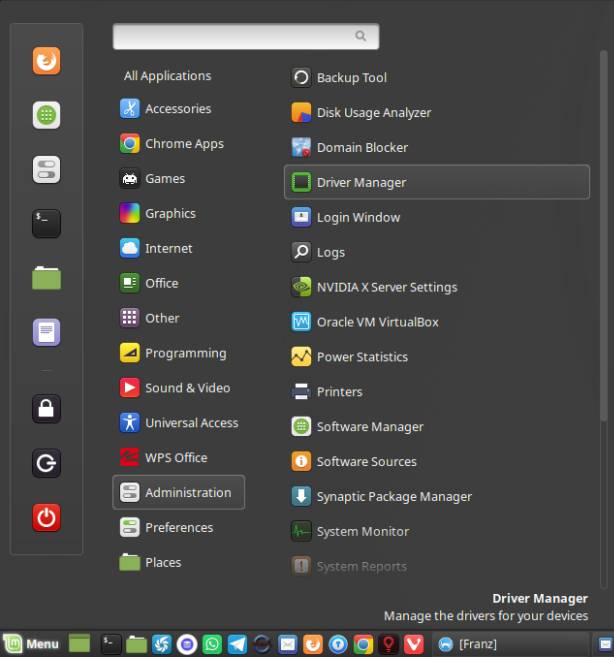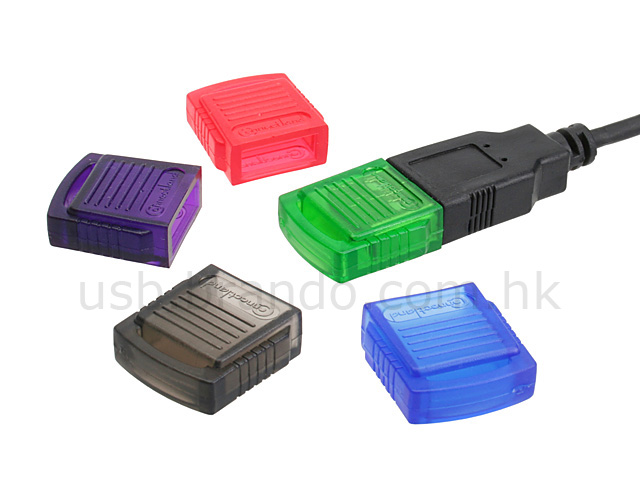Oppo A3s USB Drivers will help your Windows computer recognize your Android device. Then you can transfer files from computer to Android or even install the stock or custom ROM to your Android device.
Download driver This page contains drivers for USB Composite Device manufactured by JMicron™. Please note we are carefully scanning all the content on our website for viruses and trojans.
- If the device is not yet connected, first install the device-specific driver, such as by using the appropriate installer. After the device-specific driver is installed, Windows 10 will select that driver instead of the standard USB audio 2.0 driver when you first connect the device.
- If you are looking for the alternative to Xiaomi USB Drivers you can Download Mi PC Suite. This will automatically Install USB Driver of the connected device. Download Xiaomi Mi PC Suite; I hope this with this guide you have successfully learn How to Download Xiaomi USB Driver for Windows 7/8/8.1/10 and Install them. If you like this article do.
Brand: Oppo
Model: A3s
Form factor: Touchscreen
Dimensions (mm): 156.20 x 75.60 x 8.20
Weight (g): 168.00
Battery capacity (mAh): 4230
Colours: Purple, Red
Display
Screen size (inches): 6.20
Touchscreen: Yes
Resolution: 720x1520 pixels
Aspect ratio: 19:9
Hardware
Processor: 1.8GHz octa-core
Processor make: Qualcomm Snapdragon 450
RAM: 2GB
Internal storage: 16GB
Expandable storage: Yes
Expandable storage type: microSD
Expandable storage up to (GB): 256
Camera
Rear camera: 13-megapixel (f/2.2) + 2-megapixel (f/2.4)
Rear autofocus: Yes
Rear flash: LED
Front camera: 8-megapixel (f/2.2)
Software
Operating system: Android 8.1 Oreo
Skin: ColorOS 5.1
Connectivity
Wi-Fi: Yes
GPS: Yes
Bluetooth: Yes, v 4.20
Micro-USB: Yes
Headphones: 3.5mm
Wi-Fi Direct: Yes
Sensors
Compass/ Magnetometer: Yes
Proximity sensor: Yes
Accelerometer: Yes
Step 1 — Download and extract the Android USB Driver to your PC.
Step 2 — Click Start (Windows) -> Control Panel -> Device Manager (Select Device Manager).
Step 3 — On the Device Manager window find and click on computer name to select Add legacy hardware.
Step 4 — Select Next
Step 5 — Selext Install the hardware that I manually select from a list (Advanced), and click the Next
Step 6 — Select Show All Devices afterward click Next button again.
Step 7 — Click the Have Disk button.
Step 8 — Click Browse button to find the extracted Android ADB Driver -> android_winusb.inf and click on Open.
Step 9 — Click OK.
Step 10 — Now select the Android ADB Interface -> click Next button.
Step 11 — Click Next button again.
Step 12 — Windows Security box will appear, to confirm whether you really want to install the Android USB Driver, so just choose the Install this driver software anyway.
Step 13 — Once you clicked the Finish button, then repeat from step 2 to choose Android Composite ADB Interface.
Step 14 - Done.
-->This article helps to fix an issue in which Windows 10 doesn't install specific drivers for USB audio devices on the first connection.
Original product version: Windows 10, version 1703
Original KB number: 4021854
Micronas USB Devices Driver Download
Symptom
When you connect a USB audio device to a Windows 10 Version 1703-based computer the first time, the operating system detects the device but loads the standard USB audio 2.0 driver (usbaudio2.sys) instead of the specific device driver.
Cause
This issue occurs because the USB audio 2.0 driver (usbaudio2.sys) isn't classified as a generic driver in Windows 10 Version 1703. Therefore, the system assumes that a compatible, nongeneric driver is installed for the device even though the driver is generic.
This issue also causes Windows 10 Version 1703 to postpone the search for other compatible drivers through Windows Update that typically occurs immediately after you install a new device.

Resolution


To fix this issue, use one of the following methods.
Method 1
To resolve this issue, install update 4022716.
Method 2
If the device-specific driver is distributed through Windows Update, you can manually update the driver by using Device Manager. For more information about how to do this, see update drivers in Windows 10.
Method 3
If the device is not yet connected, first install the device-specific driver, such as by using the appropriate installer. After the device-specific driver is installed, Windows 10 will select that driver instead of the standard USB audio 2.0 driver when you first connect the device.
Note
See the device manufacturer's user guide for specific instructions about how to install the driver.
Method 4
Micronas Usb Devices Driver Downloads
If the driver isn't distributed through Windows Update, you can manually reinstall the driver. To do this, follow these steps:
- Install the device-specific driver (see Method 2).
- Open Device Manager.
- Right-click (or tap and hold) the name of the device, and then select Uninstall.
- Restart the computer.
When it restarts, Windows will try to reinstall the device by using the device-specific driver.
